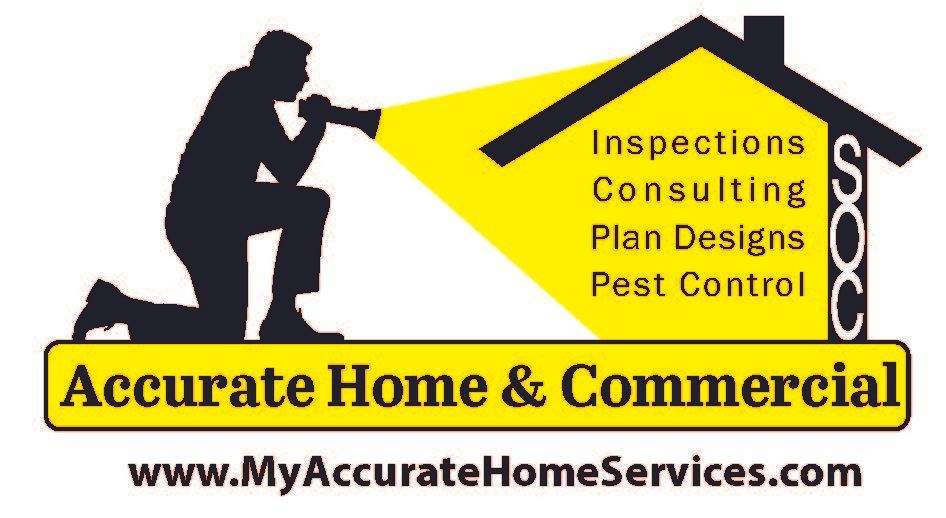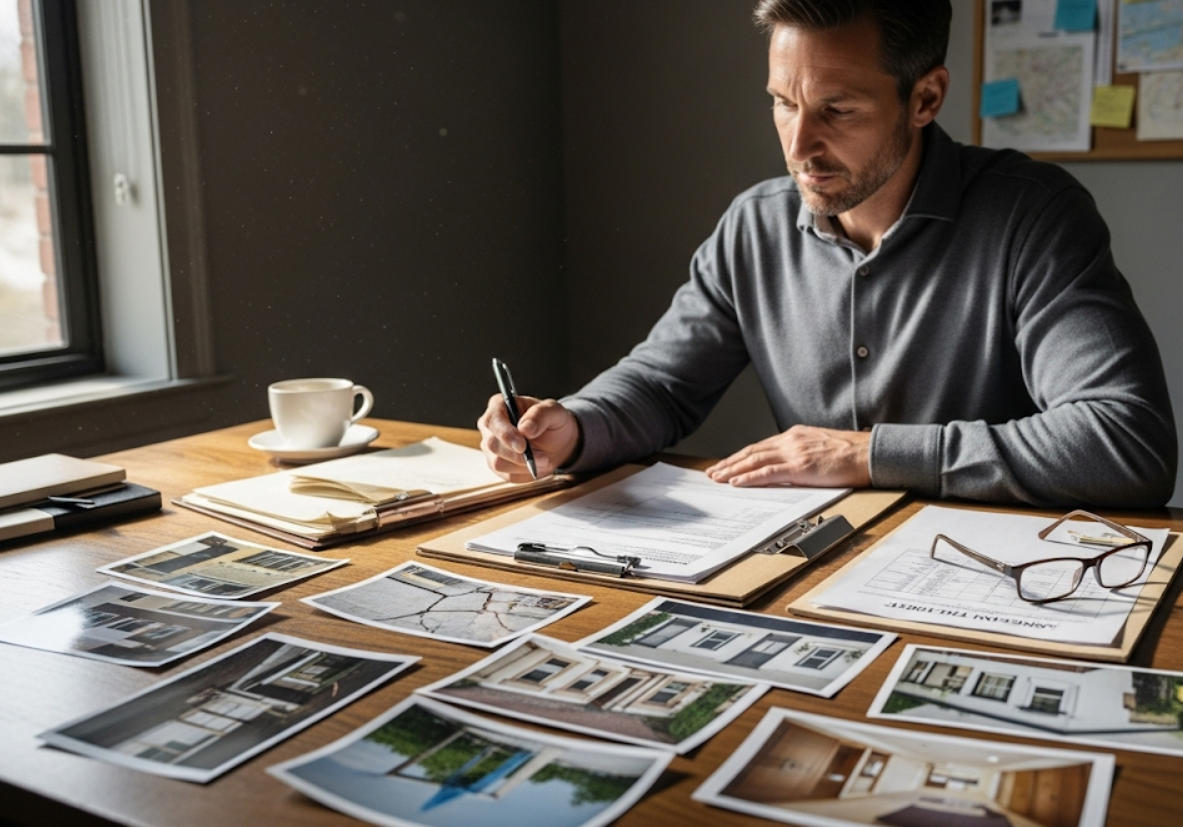Top Essential Home Maintenance Tasks for You
Are you neglecting the very foundation of your investment–your home? Ignoring essential home maintenance tasks can lead to costly repairs and decrease your property’s value.
By following these practical maintenance tips, from seasonal tasks like gutter cleaning and HVAC inspections to regular plumbing and electrical checks, you'll protect your investment for years to come. Let’s get started on creating your seasonal home maintenance checklist.
Key Plumbing Inspection Tips for Homeowners
Plumbing inspections are crucial for maintaining the integrity of your home's water system and preventing costly water damage. Regular inspections help identify potential issues before they escalate into significant problems, saving money and preserving your home's value.
Here are essential plumbing inspection tasks to perform:
- Check for leaks: Inspect visible pipes under sinks, in basements, and other accessible areas. Look for water spots, drips, or corrosion.
- Test water pressure: Maintain water pressure at approximately 75 lbs. psi. High pressure can damage pipes and appliances, while low pressure can indicate blockages.
- Flush the water heater annually: This removes sediment buildup that can lead to inefficiency and potential failure.
- Inspect drains for clogs: Ensure all drains are clear and functioning properly to prevent backups.
- Examine exposed pipes for rust or wear: Check these areas regularly for signs of damage.
Safety precautions are essential during inspections. Always turn off the water supply before performing repairs. If you identify complex issues, such as significant leaks or pressure inconsistencies, consult a licensed plumber to address these problems safely. Regular maintenance and professional assistance when needed can help keep your plumbing system in top condition, preventing extensive damage and costly repairs over time.
Roof and Gutter Inspection Guidance

Regular roof inspections are essential for identifying damaged or missing shingles, which can lead to significant water damage if not addressed promptly. Checking the roof for signs of wear, such as cracks, curling, or missing shingles, can prevent leaks and costly repairs. Inspect areas around chimneys, skylights, and vents, as these are common spots for water intrusion. Early detection of these issues ensures the structural integrity of your home and avoids potential damage to the interior.
Keeping gutters clean is equally important, as clogged gutters can cause water to overflow and infiltrate your roof and home foundations. Debris, such as leaves and twigs, can block water flow, leading to water pooling and potential structural damage. Cleaning gutters 1-2 times a year, especially in spring and fall, helps maintain a clear path for water to drain away from your home, protecting both the roof and the foundation.
Here is a list of tools you may need for inspecting and cleaning your roof and gutters:
- Ladder
- Safety harness
- Gloves
- Roof rake
- Gutter scoop
- Hose
By following these guidelines and using the right tools, homeowners can effectively maintain their roofs and gutters, preventing costly water damage and maintaining the structural integrity of their homes.
Safety Checks: Electrical Systems and Detectors

Regular safety checks of electrical systems and detectors are crucial for maintaining a safe home environment. These checks prevent electrical hazards and ensure the functionality of essential safety devices. Neglecting these tasks can lead to dangerous situations, including electrical fires and exposure to harmful gases.
1. Test smoke alarms and carbon monoxide detectors every six months
Regular testing ensures these devices are operational and can alert you in case of smoke or carbon monoxide presence. Replace batteries if necessary and consider models with built-in 10-year batteries for convenience.
2. Test GFCI outlets
Press the test button on Ground Fault Circuit Interrupter (GFCI) outlets monthly to confirm they function properly. These outlets reduce the risk of electrical shock in areas exposed to water, such as kitchens and bathrooms.
3. Inspect electrical cords and outlets
Check for frayed cords, exposed wires, and signs of overheating around outlets. Addressing these issues promptly can prevent fires and electrical malfunctions.
4. Hire a licensed electrician if any issues arise
For any detected problems, such as faulty outlets or persistent tripping breakers, consult a professional electrician. Attempting to fix electrical issues without proper expertise can lead to further hazards.
By regularly performing these safety checks and seeking professional help when needed, you can significantly reduce the risk of electrical hazards and maintain a secure living environment.
Final Words
Maintaining a home involves multiple regular tasks, from seasonal upkeep to plumbing and HVAC checks.
You benefit immensely from adhering to a seasonal maintenance checklist, ensuring essential systems like HVAC and plumbing operate efficiently.
Committing to essential home maintenance tasks can lead to significant savings and a safer, more efficient living environment.
FAQ
What are the top 5 home maintenance tips?
Regularly check for leaks, replace HVAC filters every three months, clean gutters annually, inspect the roof for damage, and perform seasonal landscaping tasks like pruning and aerating.
How do you create a home maintenance checklist?
Start by listing tasks by season, including cleaning gutters, HVAC checks, and exterior maintenance. Use a digital or paper format to track and schedule tasks for completion.
What maintenance is needed for a house?
Routine maintenance includes HVAC servicing, plumbing inspections, roof checks, pest control, and maintaining electrical systems to prevent long-term damage and ensure safety.
What is the 1% rule for home maintenance?
The 1% rule suggests setting aside 1% of your home's purchase price annually for maintenance. This helps address unexpected repairs and regular upkeep to preserve home value.
How can plumbing inspections prevent issues?
Inspect visible pipes for leaks, test water pressure, and flush the water heater annually. These inspections prevent water damage and expensive repairs.











